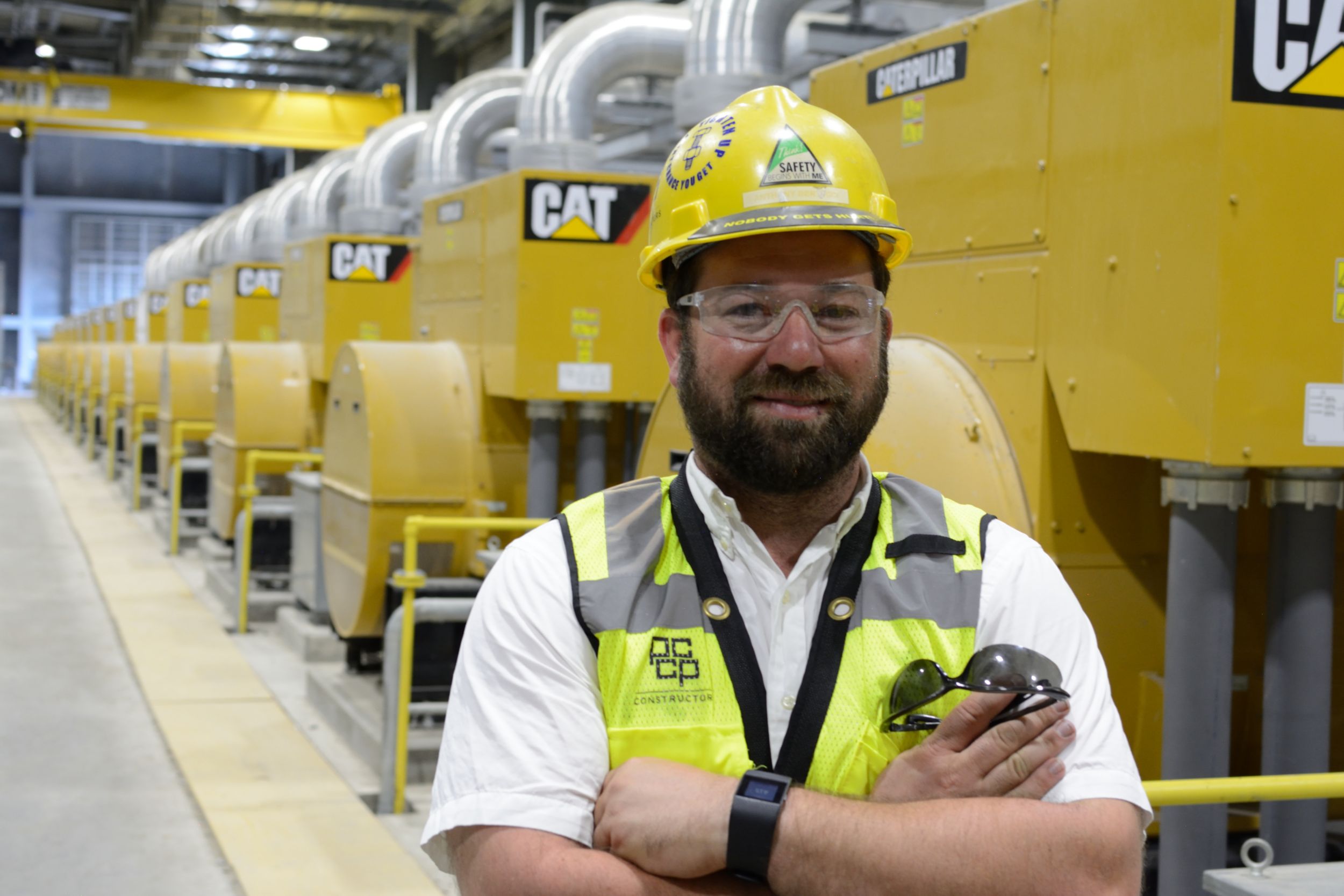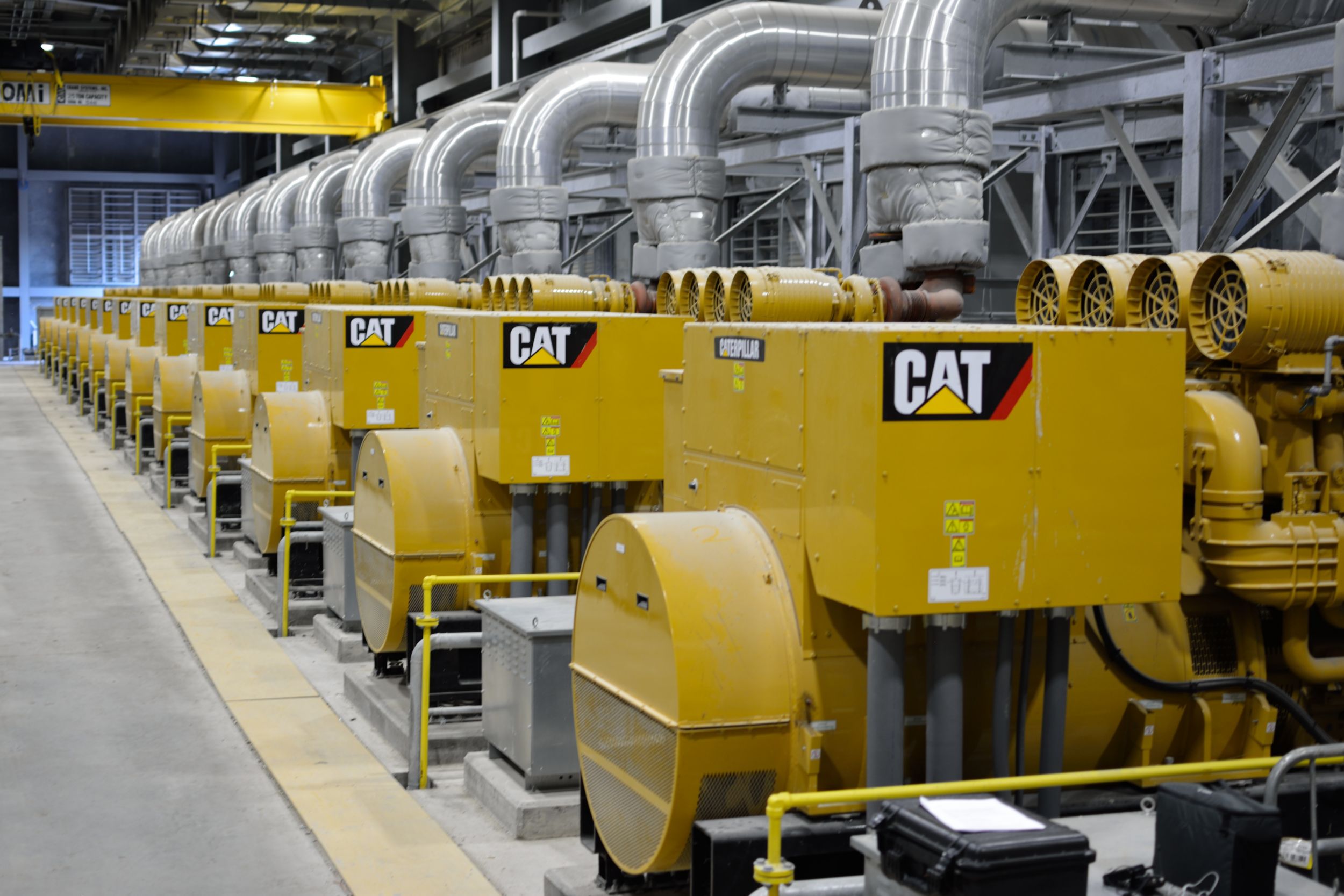The greater New Orleans area faces a triple threat when it comes to sources of flood risk: the Mississippi River, rain and hurricane storm surge.
In 2005 Hurricane Katrina brought storm surges between 12 and 15 feet to the New Orleans area. With open canals already overflowing, water poured over the dry side of the levees, degrading the levee material and leading to several collapses. With an unstoppable flow of water coming directly from the sea, the combination of torrential rain from Hurricane Katrina and the levee failures flooded 80 percent of New Orleans, resulting in one of the worst natural disasters in U.S. history.
Since the levees broke nearly 12 years ago, billions of dollars in new flood control projects have been built in and around the Crescent City.
In 2012, the U.S. Army Corps of Engineers awarded a contract to build three permanent canal closure and pump stations to reduce the risk posed by hurricane storm surges at the mouth of Lake Pontchartrain. The three structures at the 17th Street, Orleans Avenue and London Avenue drainage canals in Metairie are the final major post-Katrina improvements to the New Orleans area levee system, and replace interim control structures that were put in place within a year after Katrina devastated the region.
The Permanent Canal Closures & Pumps (PCCP) are composed of permanent gated storm surge barriers and brick façade pump stations at or near the lakefront. The pumps will move rainwater out of the canals, around the gates and into Lake Pontchartrain during a tropical weather event. The stations are equipped with a stand-alone emergency power supply capacity so that they can operate independent of power from the utility grid.
Temporary pumps and floodgates near the mouths of the three canals will stay in place until the permanent structures are completed later this year. The joint venture building the $644 million project, PCCP Constructors JV, includes Kiewit Louisiana Col, Traylor Bros. Inc. and the M.R. Pittman Group.
The new stations are designed to reduce the risk posed by storm surge from Lake Pontchartrain caused by a hurricane with a one percent chance of occurring in any year – commonly referred to as a 100-year storm. The structures also take into account expected increases in the lake’s water level during the next 50 years. All electrical components within the station that could be damaged by the incursion of saltwater are 9.5 feet above sea level – high enough to withstand a 100-year flood.
The stations must be able to pump rainwater from each canal into the lake at a rate that will keep the water levels in the canals low enough to avoid overtopping or damaging the floodwalls. Huge metal funnels will suck water from the bottom of the drainage canal during storms. The water then will feed upward into huge pumps that will pour it into Lake Pontchartrain.
POWER AT THE READY
Each pumping station has a generator building, an auxiliary building or control building, a pump station, and a slide gate or bypass structure. The total maximum pumping capacity at the three outfall canal pumps upon completion of the PCCP will be a combined 24,300 cubic feet per second (cfs). When the surge closures are operated during storms, the pumps will move 12,600 cfs of water from the 17th Street Canal into Lake Pontchartrain.
The 17th Street PCCP consists of 15 Cat® C175-16 generator sets capable of producing 39 MW of electric power. The generator sets will supply power to six 5,000 horsepower (hp) pump motors capable of pumping 1,800 cfs, and two 2,500 hp pump motors capable of pumping 900 cfs. In the event of a power outage, a Cat C27 generator set will power the basic life safety operations of the facility. The 17th Street Canal station also includes Cat Medium Voltage (4160V) Switchgear, Low Voltage (480V) Utility Switchboard and Automatic Transfer Switches (ATS).
“When a storm event occurs, we will go off of city power and onto our own power, and utilize our own fuel,” says Anthony Bertucci a commissioning manager for M.R. Pitman Group. “The stations are meant to be totally independent of the grid on power, water and sewerage. It is designed to handle everything on its own.”
At the Orleans Avenue Canal, four Cat C175 2600KW generators and one C18 480-volt generator supply continuous power. The London Avenue Canal has 11 Cat C175-16 2600KW generators and one C27 480V generator.
“It’s a good design as far as multiple redundancies without having multiple pieces of equipment, and it’s the same basic design philosophy through all three sites,” says Ken Johnson, the project manager for Louisiana Cat.
The 17th Street PCCP station has six 50,000-gallon bulk storage tanks that feed diesel fuel for the generator sets through a transfer system out to a day tank. The system has a drain and recirculation system where it will keep the fuel cleaned and conditioned for long-term use and sustainability. The remote radiators are stationed outside the generator building along with stainless steel mufflers.
A requirement of the project is that all of the gensets are mounted on isolators to stabilize them in the event of an earthquake. All of the Cat generators are seismic rated per guidelines set forth in the International Building Code (IBC 2006). The switchgear exceeds Uniform Building Code (UBC) Zone 4 (California building code Title 24), and the switchboards are rated to meet IBC 2006 and UBC Zone 4 requirements.
As a federally funded project, Caterpillar was selected in a competitive bidding process. Louisiana Cat had help from Caterpillar’s Defense & Federal Products (D&FP) division, which provided the Cat dealer with detailed schematics of the project. D&FP also assisted Louisiana Cat technicians in sorting out minor technical issues involved with startup and base commissioning of the generator sets, Johnson said.
“What led us to pick Caterpillar for this facility was a combination of economics and long-term reliability,” Bertucci says. “From my perspective, Cat engines are very reliable. I’ve used them on many projects that we’ve completed. We’ve done a lot of drainage pump stations and facilities in the area that are part of the overall flood control system, and they are a very reliable generator and reliable engine package that we’ve used.”
“The Cat gensets have a very good setup with the electronic fuel injection and the overall electronics,” Bertucci adds. “I know when we started these engines up after being in storage for an extended period of time, they started right off the bat and ran.”
As the project nears completion this fall, technicians from Louisiana Cat will train personnel from the New Orleans Sewerage & Water Board on the operation and maintenance of the generator sets. Representatives from the Caterpillar ISO Switchgear factory will also provide training on operation of the ATS’s, switchboards and the switchgear.
“Caterpillar and Louisiana Cat were able to provide the best solution for the PCCP pump stations,” Bertucci says. “From a service standpoint we’ve had great service so far with startup and testing of the engines”
“Having Louisiana Cat involved always improved our decision to go with Cat equipment,” Bertucci adds. “We’ve had a really good relationship with Louisiana Cat personnel on this project and past projects, and we receive really good service from them. I can call Ken any time of the day and he comes out to assist, and he provides us with service personnel as needed.”
RELATED STORIES:





